Estonia – it will surprise you
We are all used to four main seasons each year Spring, Summer, Autumn and Winter but in Estonia’s Soomaa national park they get a fifth.
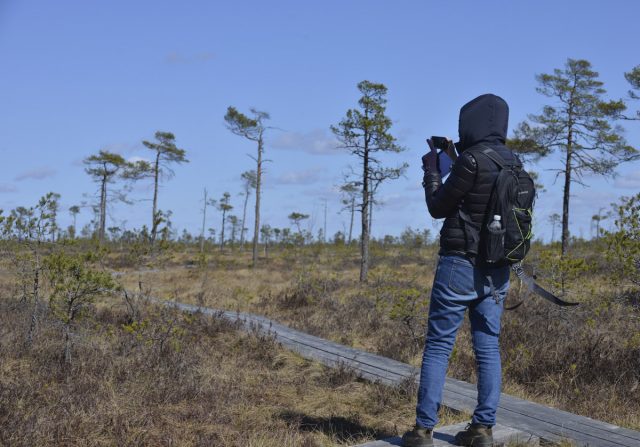
This unique bog land park is subjected to a massive influx of water most years from the Sakala Upland as the melting water and snow run off fills this lowest point and where several rivers flow in the same location. Water level can rise as much as a metre a day for sometimes several days in a row and where at times large stacks of firewood or small buildings have floated off.
Situated in the south west of the country around 25 kilometres from the seaside town of Parnu, the Soomaa National Park is the largest intact raised peat bog system in Europe. Soomaa means ‘swampland’. Frozen pretty well solid in winter but its then ideal for snowshoe and sledge tours or with larger snowfalls, cross-country skiing too.
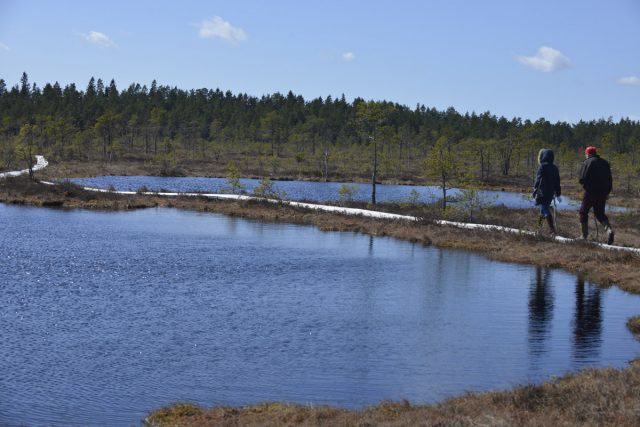
When that snow and ice melts, this is then the fifth or ‘high water season’. The time then for the canoe trips take over and offer a wonderful way of exploring this natural wonderland of rivers, streams and its deep clear water ponds that form in the ever growing raised peat bogs within the park.
With much of the park under water slowly gliding through the forests a great time to spot animals and birds that would otherwise hide from humans when they are walking around rather than paddling. The canoeing season generally lasts from April to October.
In spring and summer as the water recedes hiking trails on the wooden walkways provide a sustainable access for visitors. Allowing them to get close up with the unique plants that grow, if rather slowly, in this often nutrient starved ground. Slow growing pines provide the tallest plants with many ground hugging and stunted botanical species covering the fragile surface of the bog.
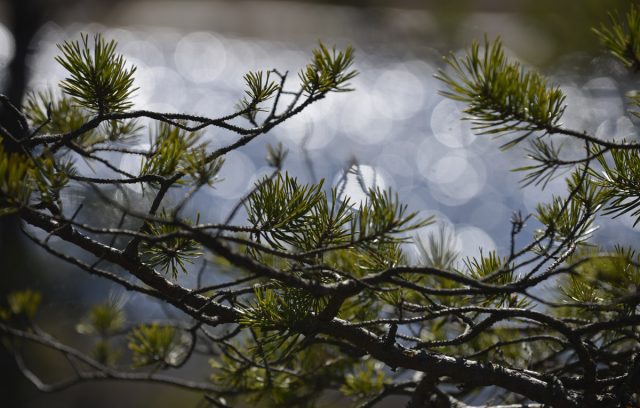
The larger mammal life in the park includes many that are hardly seen that much across Europe, such as Beaver, Lynx, Wolf, and Brown Bear. Roe Deer, Elk and Wild Boar are more common in the park. Its perfect too for birdlife with Golden Eagles, Merlin’s, Tundra or Whistling Swans Ptarmigan, Golden Plovers and Wimble’s all in good numbers there.
Taking the ‘Ingatsi Hiking’ trial over the Kuresoo bog takes around 3 hours the 4.5 kilometres route can be explored on your own but with local guides like Aivar Ruukel you will learn much more as he will point out important things that could be easily missed in this very different environment for the first time.
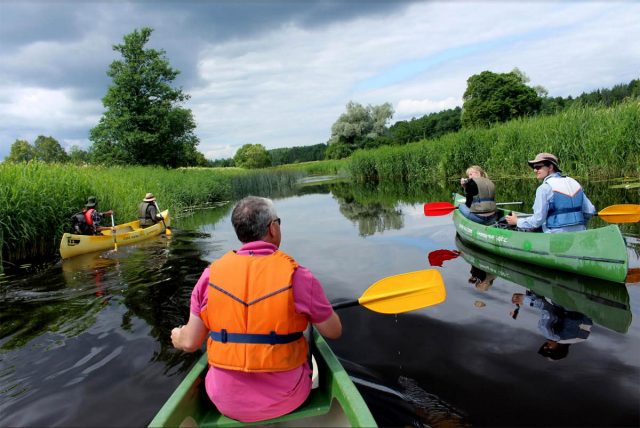
The look out tower on the route gives a great vantage point to view the bog area you will be hiking over in the next few hours. If he is not guiding visitors around the park then you could even take part in learning how to make a dugout canoe yet another of his skills.
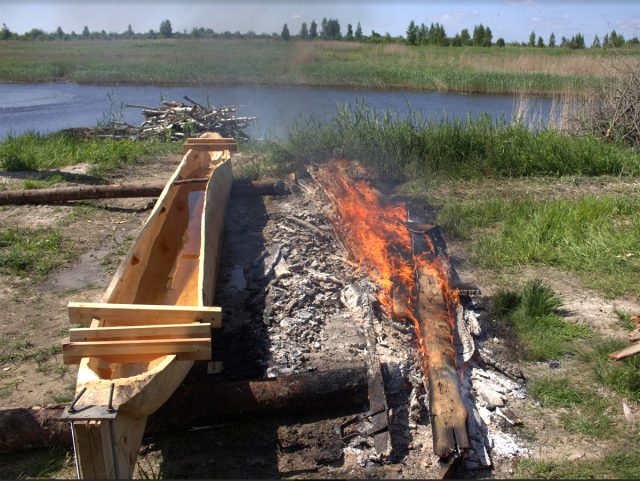
This tradition of building dugouts has been passed down to him and to many others based in and around the park. Also with experienced guides you may get the chance to be introduced to local foods produced in the area and a visit to nearby farm where sampling culinary specialities and relaxing after your walk is a must in the cosy wooden farmsteads.
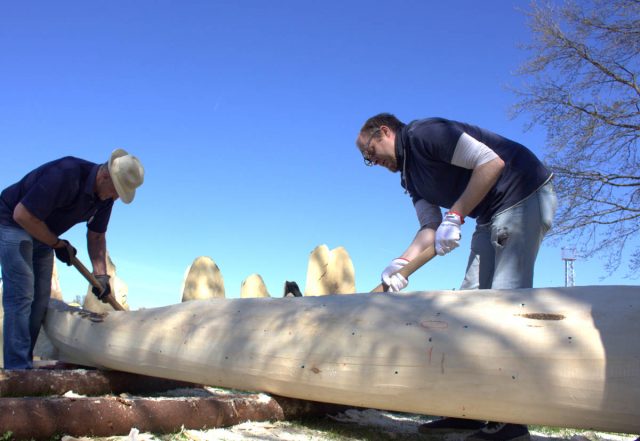
To get to the Soomaa National Park from the capital Tallinn take the train to Tori and guides will collect you from the station but this has to be arranged in advance. Guided trips are possible every day of the year and start from €150 for two persons with collection in the village of Riisa or another nearby location of your choice.
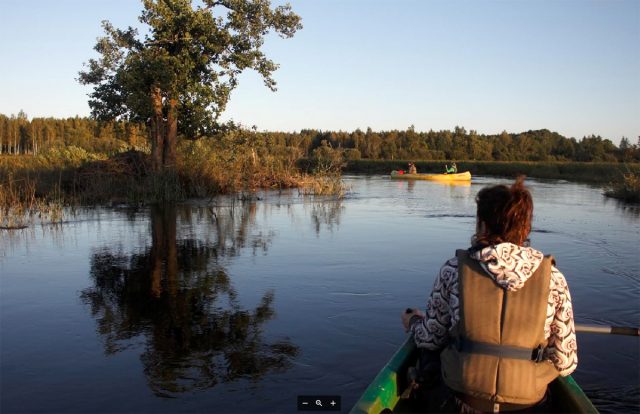
There are around 12 hiking and study routes around the park varying from 800 metres in length up to a two-day 32-kilometre route including cultural visits as well.
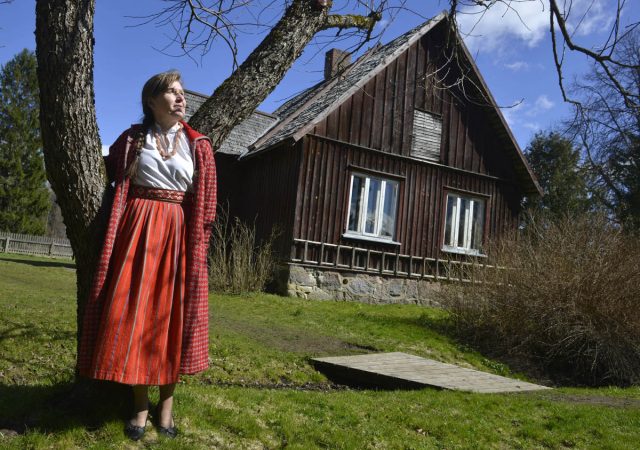
www.soomaa.com and www.visitestonia.com
Travel photographer, writer and blogger Geoff Moore has been a member of the British Guild of Travel Writers for 10 years and has travelled the world for over 30 years. You can follow his current whereabouts at www.thetraveltrunk.net
The park was created in 1993 in all it covers and area of 390 square kilometres. There are four main bogs all separated from each other by the six rivers that all flow into this one area and who all contribute to this amazing fifth season.





